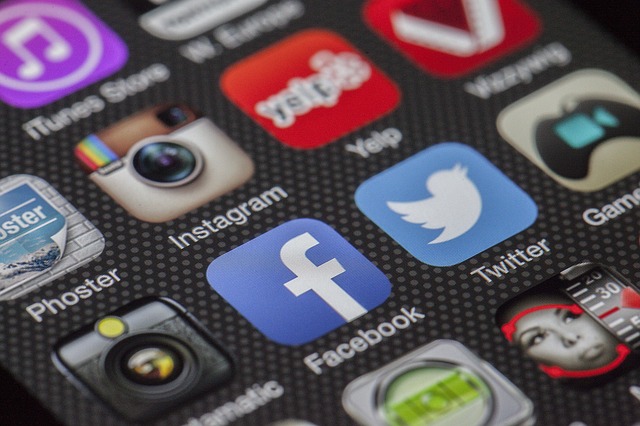You’re armed with updates and ready to share them with the world. Now comes the common conundrum: how do you best reach your social media followers? Should you post first thing in the morning or lunchtime? Are weekends ‘out of bounds’ for business? And do the rules differ depending on the platform?
Social media is undeniably a vital aspect of any marketing strategy in today’s digital world, so it’s something you’ll want to master quickly. Here, we take a look at the major players and get your posting on the right track.
Many people still regard Facebook as the holy grail of social media sites but, in reality, it may not be the most effective for your business (more about that later).
Facebook is great for communicating with business-to-consumer audiences but not with business-to-business. If it’s the latter you want to engage with, you’d be better off heading over to LinkedIn or Twitter.
When it comes to Facebook, here’s the problem: there is no definitive answer about when is the best time to post. Some people swear by the weekends, while others believe in posting in the afternoons, later in the working week.
The true answer is that it depends heavily on what industry you’re in, who your demographic is and what kind of messages you are posting. A bricks-and-mortar business posting corporate messages will have a very different engagement experience to an entertainment site that shares gifs of animals aimed at students.
With this in mind, it would be wise to conduct your own research. Visit your company Facebook page and see what the Insights section has to say. It will tell you when your audience is online and will break down each post’s engagement.
Unlike Facebook, LinkedIn is a winner when it comes to reaching a B2B audience. You can benefit by having both a personal employee page, where you can share postings and join groups, and a specific company page.
LinkedIn scheduling is thankfully more clear-cut than the other platforms because it is so business-centric. Postings should be Monday to Friday, from 7am to the end of the typical lunch hour, and then again from 5-6pm.
This is the site where you can engage both B2B and B2C followers. While noon until 1pm is often cited as the most popular time to tweet, it may not be ideal for engagement. Tweets have a very short shelf life due to the rolling nature of the site, so your post will be buried amongst the avalanche of Tweets at that time.
Twitter users are generally active during both day and night. With this in mind, you should tweet regularly, evenly spread, throughout the day. And you can post quite a lot. Whereas one or two posts per day would be the maximum on Facebook, you can Tweet up to ten times per day.
With 60 percent of its 500 million users logging on daily, Instagram is an effective but often overlooked platform for brands for a B2B and B2C market.
Like Facebook, there is no perfect time to post to Instagram, so there’s plenty of disagreement about what time is best. There is some evidence to suggest engagement is higher in the evenings and, unlike many of the other platforms, the very late hours are often suitable for an update. When you think about the possible reasons behind this, it’s probably because Instagram is predominantly used on a mobile device and when people have downtime to scroll through their feed.
Pinterest is very successful in reaching B2C audiences — especially women — and one that is underrated by the business world. The whole weekend, weekday afternoons and evenings are ideal times to update your boards with as many pins as you like. Visit here to see a breakdown of the best day and time to post, depending on your industry.
General rules
Regardless of the platform, there are other factors you need to take into consideration.
- Experiment
What one person swears works, may not work for you — even if they operate in the same industry and in the same town. It all depends on your followers. There is no harm in playing around with times and days and then monitoring the results. Also, test out helpful tools such as Buffer, which automatically selects times for your scheduled posts.
- Time zones
Rarely will all your social media followers be in the same time zone as you. Take a look at your analytics for each site to see who is liking, sharing and reading your content. If you notice there is a distinct lean toward people in one particular area, mix your posting schedule up a little to see if there is any discernable change. You may be missing out on a highly engaged, but presently hidden, audience.
- Paid promotions
Once upon a time, every business had to have a Facebook page and there was the very real possibility of building a big online audience if you put in the effort. Those days are unfortunately over. With organic reach now at dismally low levels, it would be worth investing in paid promotions to attract new readers. Pick your most popular posts, select an upcoming event or promote links to your website, and put a little money behind it. Facebook’s Business Page analytics will give you a fair idea of how each is progressing and whether it’s worth the money for you. This is also a good option for the other sites, but particularly for Facebook.
The team at Lush – The Content Agency specialises in content marketing strategies crafted especially for your business. Get in contact to find out more.
